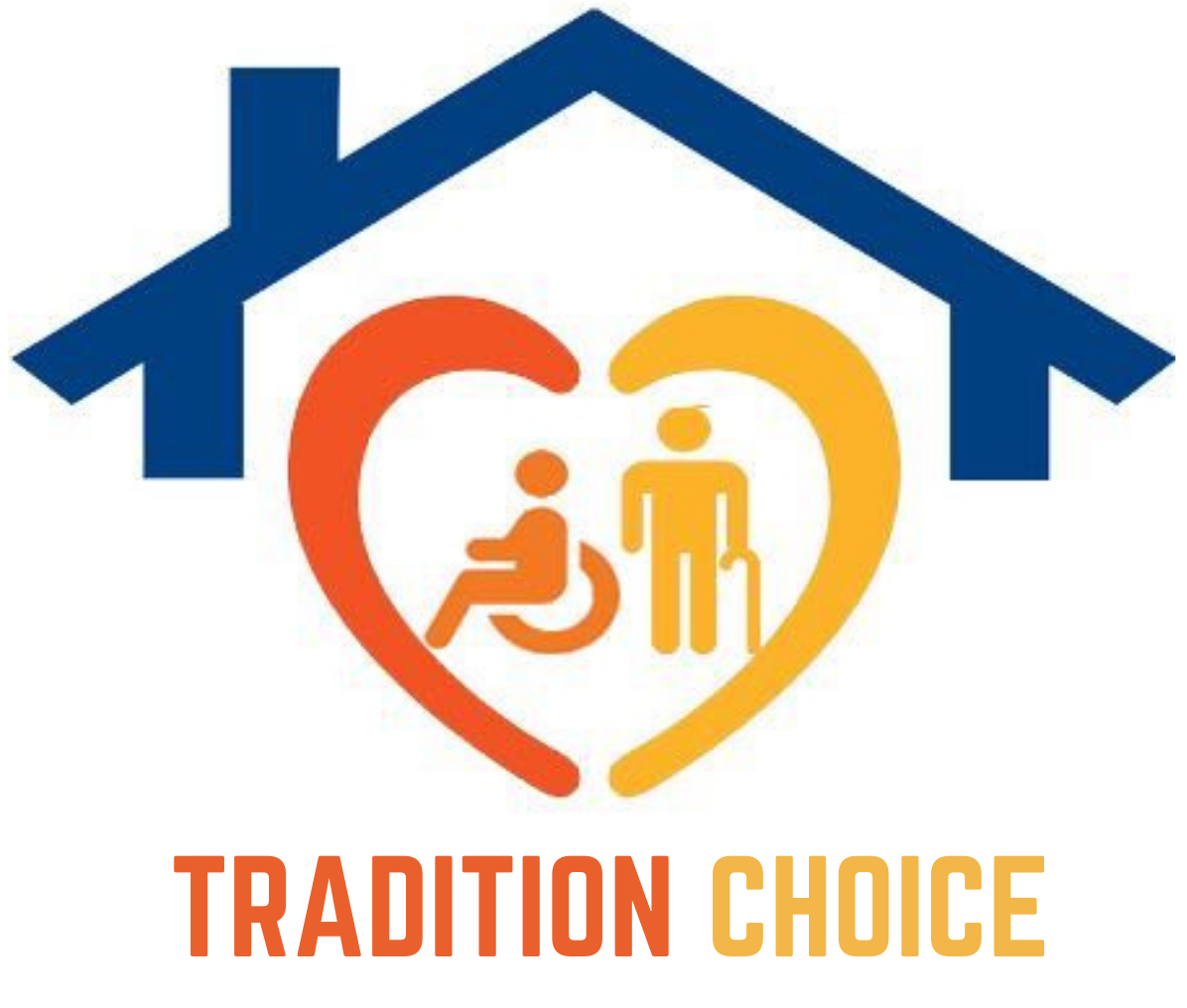Diabetes has many implications for the feet, and these implications worsen with age. Elderly people with diabetes can practice some, but not all, of the same foot health care habits that non-diabetic elderly people do.

Elderly Care Bronx NY – Foot Care for Diabetics
Fashionable bright easy sports shoes (gym shoes) on the isolated background.
One particular risk for diabetics is the loss of a toe, multiple toes, or even an entire foot. Here’s why this happens: Diabetics are at particular risk from injuries to their feet. A corn or callus can easily become infected. If the infection is not treated quickly, it can turn into necrotizing tissue or gangrene. At that point, amputation of the gangrenous or necrotizing body part is virtually inevitable.
Preventive Foot Care for Diabetics
The following are good steps to follow to prevent serious foot injuries and amputation in diabetics.
Keep feet clean and dry. Diabetics should clean their feet every day and dry them.
Examine feet every day. After the feet have been washed, they should be carefully inspected. The bottoms of the feet must be examined. For older people living alone who have trouble seeing their feet, a small mirror should be deployed to look at the side of the foot that hits the ground. If any wounds are observed, the patient should get medical attention.
Wear comfortable, non-restrictive shoes and socks at all times. Though going barefoot can be therapeutic for others, diabetics should refrain from walking barefoot, even around the house.
Don’t “break shoes in.” Shoes purchased must be comfortable from the get go. Breaking in uncomfortable shoes quickly leads to blisters and foot blisters are serious for diabetics. Elderly care experts recommend buying shoes when the feet are swollen so as to be sure that they will fit throughout the day. Shoes that are too loose when the senior is not retaining water can be made comfortable with thicker socks.
Do not remove corns or calluses with over-the-counter products. These products typically employ a chemical that can soften and remove the corn or callus. But these products inevitably remove healthy skin in the process which can lead to infection and worse problems than corns.
Sand corns gently. Corns that are quite hard and uncomfortable can be sanded, but under no circumstances should they be sanded down to the nearest capillary. If a senior cannot carefully sand a corn, this procedure should be undertaken by an elderly care aide or a doctor.
Professional Elderly Care is Invaluable for Senior Foot Care
If you have an elderly parent living at home, with diabetes, this would be a great time to hire elderly care providers if you have not done so already. Elderly care aides are especially valuable when it comes to bathing and examining feet, especially if a beloved parent finds it difficult to reach her feet.
Elderly care aides routinely help with bathing and dressing. Cleaning feet will naturally become part of that process. If a parent needs help putting socks and shoes on, that provides a good opportunity for your home care specialist to examine feet for any issues that require medical attention.
In conclusion, diabetics can live long and happy lives by complying with dietary and medication directives from their doctors. Examining feet, keeping them clean, and wearing comfortable footwear are key to preventing serious foot problems.
Sources: https://consumer.healthday.com/encyclopedia/aging-1/misc-aging-news-10/foot-care-for-seniors-647577.html
https://health.usnews.com/health-care/patient-advice/articles/which-doctor-to-see-for-diabetic-amputations

